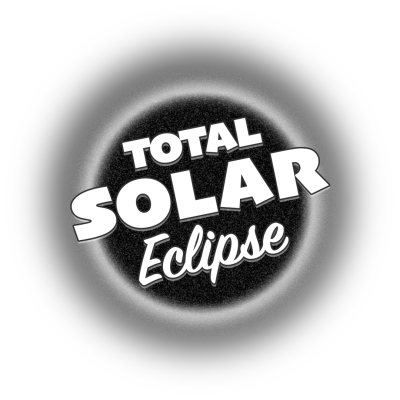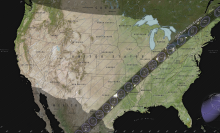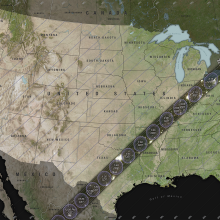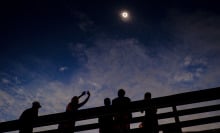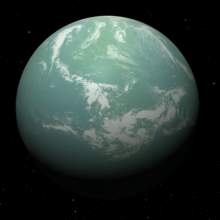You may have heard that a really cool total solar eclipse is happening soon — and that you shouldn't miss it, because they're rare.
But just how rare?
A total solar eclipse — when the moon passes in between the sun and Earth and completely blocks the sun for a few minutes or so — is on average visible somewhere on our planet every 18 months. But over 70 percent of our planet's surface is ocean, so being in an accessible viewing place (on land) is much rarer. And rarer yet is living in a place where this event is happening — meaning you don't need to travel hundreds of miles or perhaps even to another continent to see it.
"It's rare for it to come to you."
"It's rare for it to come to you," Richard Fienberg, an astronomer and senior advisor at the American Astronomical Society, told Mashable.
How often does a total solar eclipse happen?
When the moon completely blocks out the sun, it casts a shadow on Earth. As this shadow moves, it creates a "path of totality," which is a relatively narrow band that sweeps across the surface. Anyone standing inside this path will see a total solar eclipse (weather and clouds permitting). On April 8, 2024, this eclipse band will be 115 miles wide.
Crucially, it's rare for any specific location on Earth to experience a total solar eclipse.
"On the average, about 375 years elapse between the appearance of two total eclipses from the same place. But the interval can sometimes be much longer!" NASA explains.
(There are other types of solar eclipses that happen, like a partial or an annular eclipse, but these are nothing like a total solar eclipse, wherein the sun's ghostly corona is revealed. "Seeing a partial eclipse bears the same relation to seeing a total eclipse as kissing a man does to marrying him," the author Annie Dillard wrote in her essay "Total Eclipse," a poignant tale about experiencing totality in Washington state.)


For this reason, avid eclipse viewers (sometimes called "eclipse chasers") chase total eclipse shadows wherever they may fall, which is often at sea. Total solar eclipses happen somewhere around every year or two.
"That's why most of the eclipses I have seen have been on cruise ships," Fienberg, whose journey to see the imminent eclipse on April 8, 2024, will be his 15th experience.
So if there's one on land, and in an accessible place, it's an exciting opportunity. It's almost certainly the only chance millions will have to experience totality from home. For example, after the total solar eclipse on April 8, 2024 — which crosses a long northeastern path across the U.S. — the lower 48 states won't experience another such eclipse for over 20 years, until Aug. 23, 2044. And that event will sweep just across a small portion of the U.S. before crossing north through Canada and into the Arctic. (But another one will sweep across a wide expanse of the nation in 2045.)
"It's not just something you see. It's something that you feel."
Experiencing totality, when you can see the sun's corona, the world darkens, and animals begin to act strange, is a poignant experience. That's why Fienberg certainly encourages anyone living in the path or near it to see it. And from personal experience, if you have the opportunity, it's also worth even traveling longer distances for the unique space spectacle. Make it a trip.
"It's not just something you see. It's something that you feel," Fienberg said.
Topics NASA

